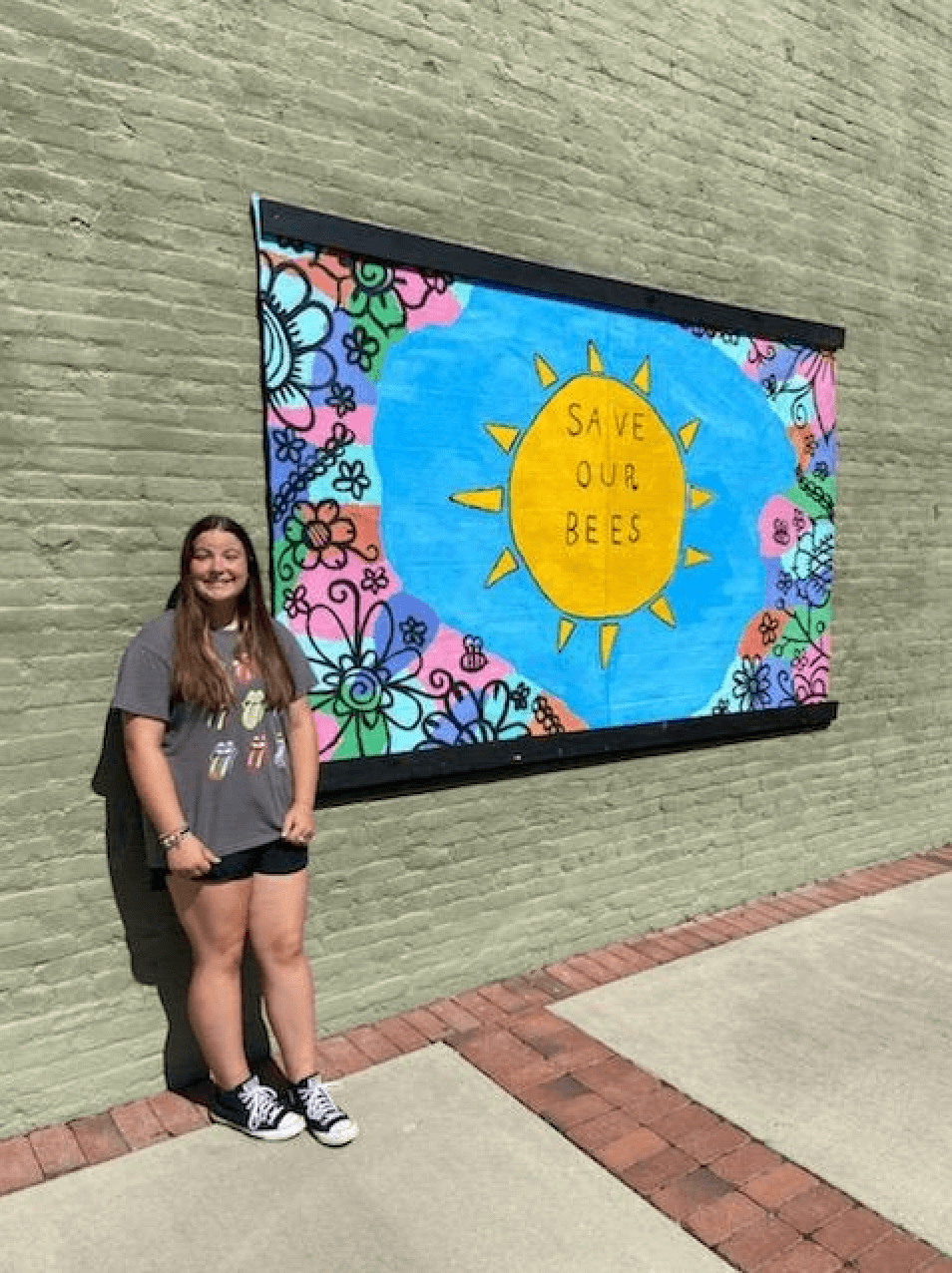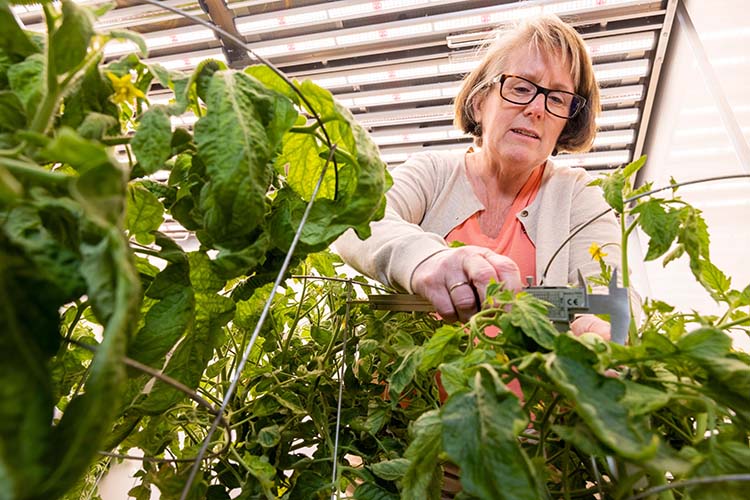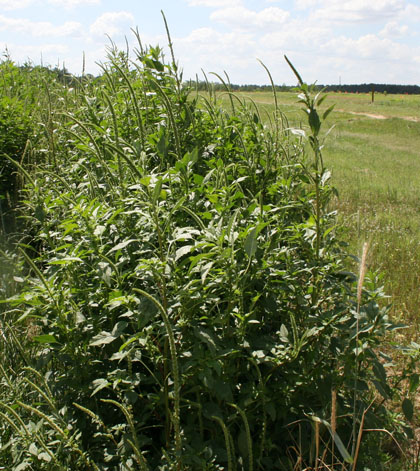 CAES News
CAES News
Master Forager Program
The University of Georgia Cooperative Extension’s novel Master Forager program has spots available for curious Georgians interested in learning how to safely harvest and use herbs, fungi and more. The first class for the program, which begins Aug. 24, will be held at the UGA Research and Education Garden in Griffin, Georgia.

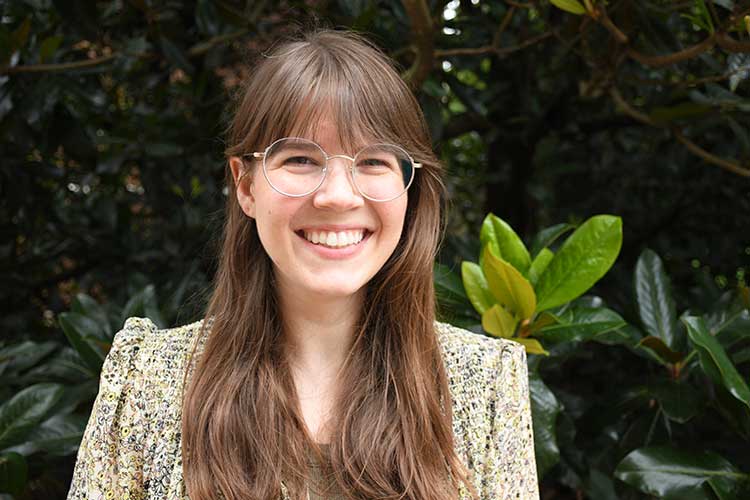

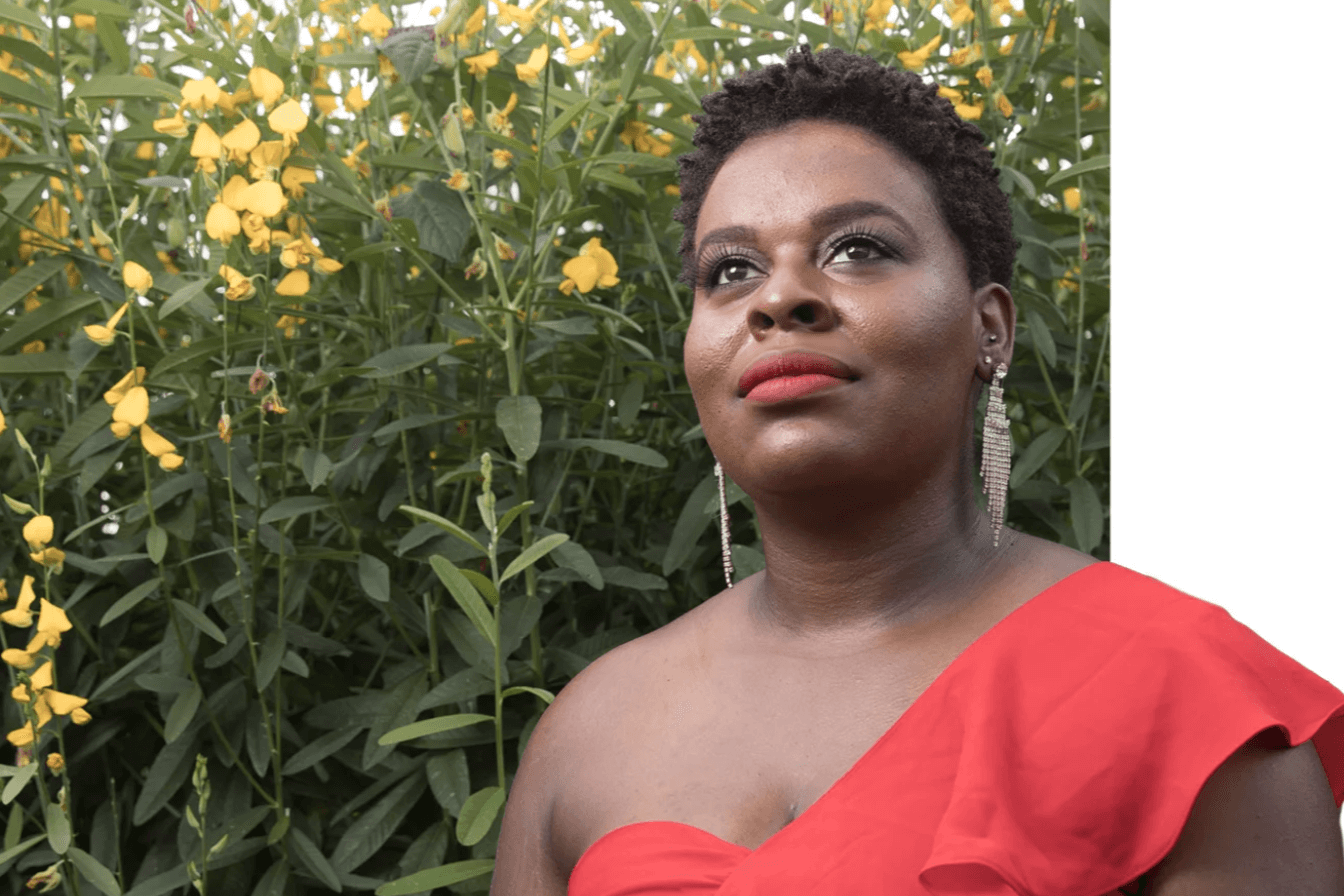
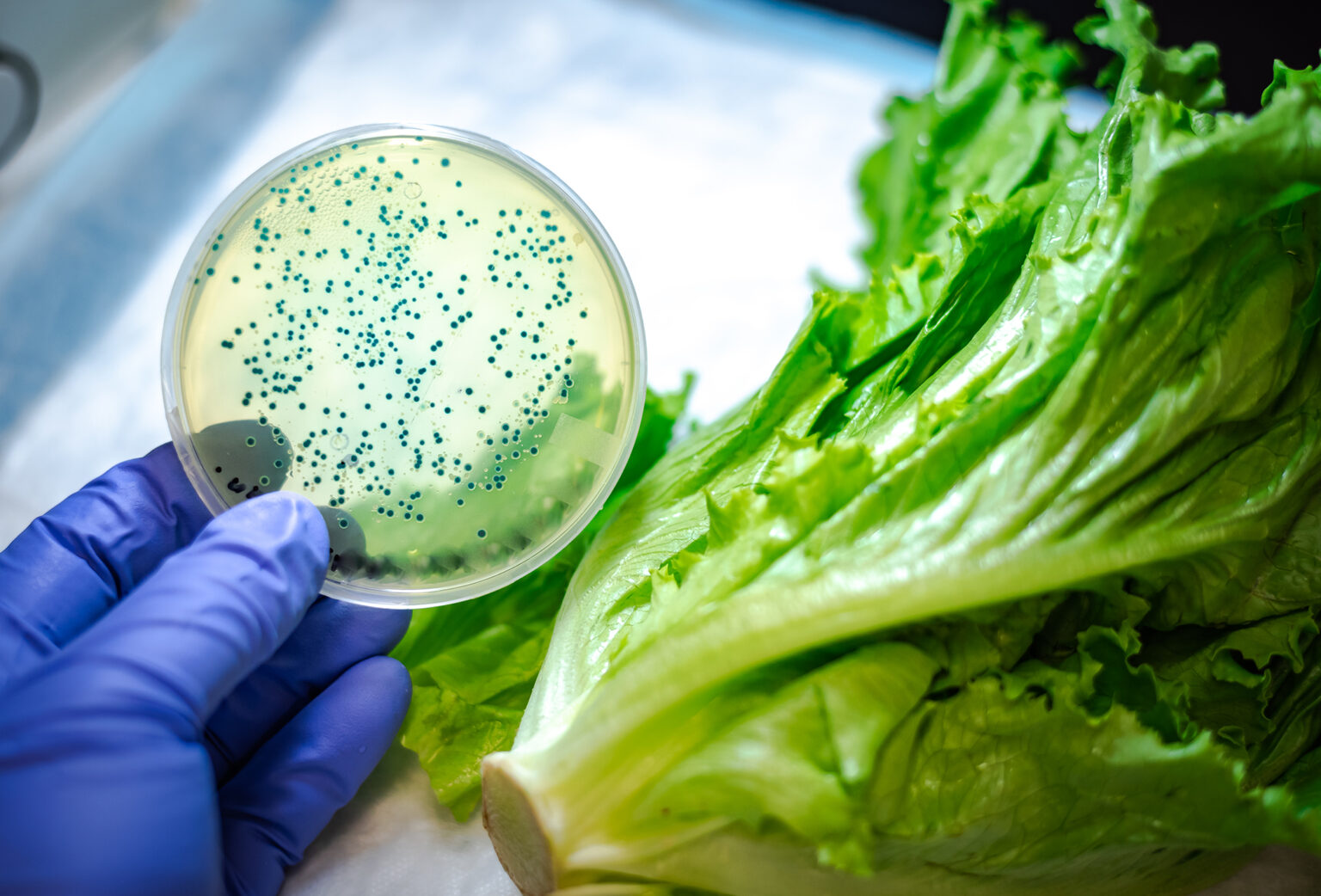
-(1).png)
